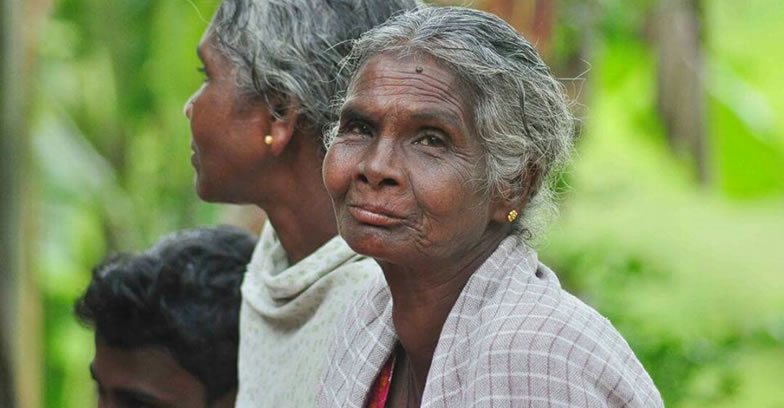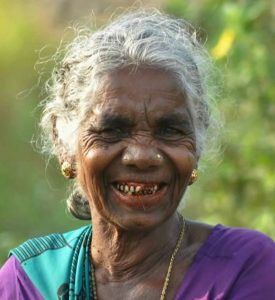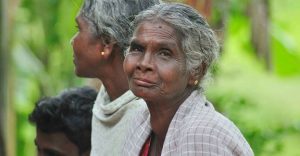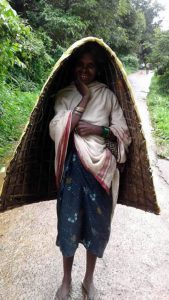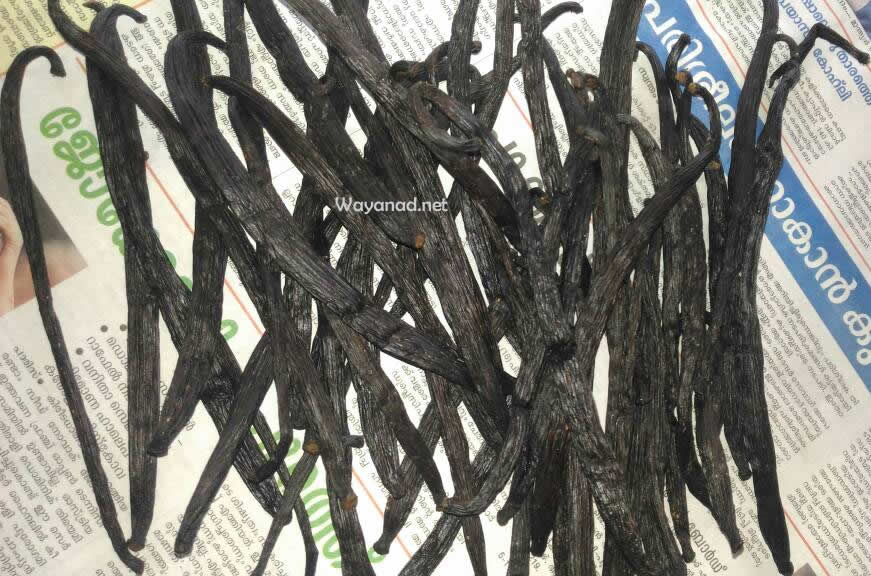Wayanad Tribe Info
Wayanad has the largest population of aborigine people in Kerala. The native Adivasis mainly consist of various sects like Paniyas, Kurumas, Adiyars, Kurichyas, Ooralis (Uralikuruma, is an artisan tribe), Kattunaikkans etc.. This is the land where tribes live in thatched roof, mud, bamboo and brick houses set in swampy valleys and plateaus.
Of particular mention are their indigenous streams of holistic herbal medicine which is getting increasing attention in recent years. The adivasis also have a rich legacy of arts and crafts. This includes music, dances, ornamentation and handicraft that draw inspiration from natural themes, motifs and materials. The Kurichyas of Wayanad have a great martial tradition. They constituted the army of Pazhassi Raja who engaged the British forces in several battles. The descendants of those warriors are still expert archers. The excellence of Kurichya archery has been exhibited recently, at various centres.
Though Adivasis are in the Hindu fold, primitive forms of worship still prevail among them. Ancestral worship and offerings to propitiate the spirits of ancestors are still prevalent.
The Kattunayakan tribes were once the chieftains of the jungle regions. Their main occupation has always been gathering honey and other forest produce. They worship animals, birds, trees, rocks and snakes and believe in ancestor worship as well as practicing black magic and sorcery.
The Kurichiya tribes live in the forested areas of Wayanad district. They apply ‘Kuri’, a sandalwood paste, on their foreheads and chests, and it is possible the name Kurichiya is derived from this custom. The Kurichiya are marginal farmers and most of them have small plots where they grow pepper and other crops. They are expert archers and hunt for game meat. When the Mughals and the British came into their territory, the Kurichiya rose against them in revolt supporting the Raja of Kottayam. Being isolated jungle dwellers, the Kurichiyas continue to practise age-old customs. On returning from a journey, they will bathe before entering the home and those who break dietary laws become outcasts. Kurichiya society follows a matriarchal system. The village headman is elected during a ritual performed before their idols. When someone in the group goes into a trance and performs a frenzied dance, he assumes responsibility over the tribe by wearing an auspicious silver-handled knife on his waist.
Another tribal group of Wayanad is Uralikuruma, which is an artisan tribe. These tribal people in Wayanad have a dialect that is a mix of Kannada (local language of Karnataka) and Malayalam (local language of Kerala). The main occupations of the Uralis are pottery, basket weaving, mat weaving and farm labour. The Uralis do not marry outside their tribal society. They worship deities and ancestral spirits. The important musical instruments associated with the Uralis are the flute and the local drum, and Urali dances are performed to these instruments. There is a colourful Urali hamlet near the Muthanga entrance to the Wayanad Sanctuary.
The Paniyas and Adiyas are the other tribes that inhabit this region. The landlords once sold them as bonded labour, along with the plantations, and now they work as paid farm hands. There is a picturesque Paniya village consisting of huts with thatched roofs and mud-plastered walls near Tholpetty.

